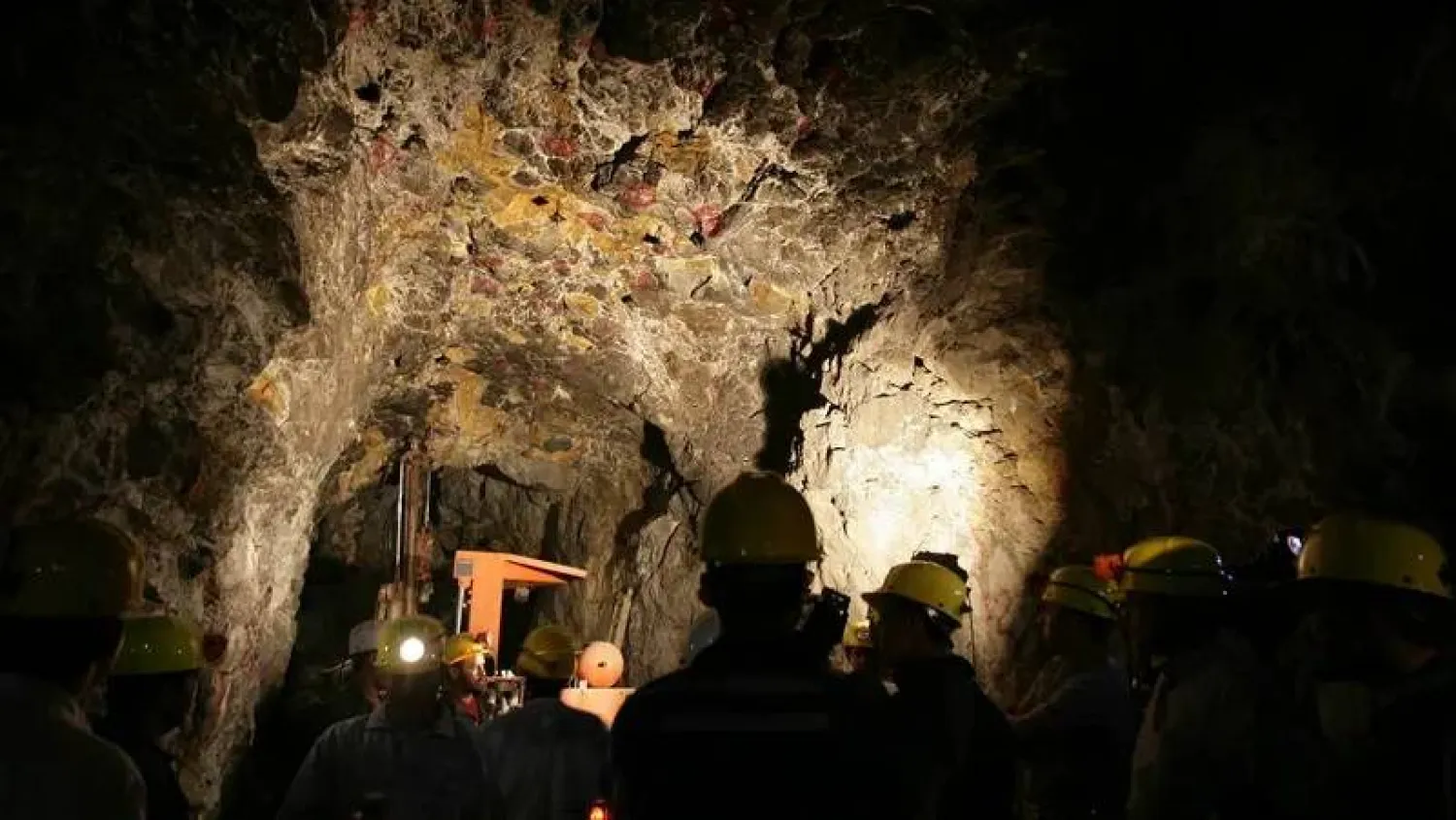A Jordanian-Saudi technical committee approved the feasibility of connecting the electric power grids of the two countries through a 170km transmission line, which is expected to be operational in 2022.
National Electric Power Company (NEPCO) Director General Amjad Rawashdeh said in a press conference on Monday that the two sides drew a preliminary timetable for implementing the project.
Studies show that the Saudi consumption of electricity during the daytime, especially in the summer, is higher than during the evening hours, Rawashdeh said, while in Jordan the opposite is the case.
In light of the introduction of solar power stations to Jordan’s grid, electricity consumption would exceed that of Saudi Arabia during the early hours, particularly during winter.
The Director-General indicated that exporting electricity to Saudi Arabia during the daytime is possible and would allow future and contracted renewable energy power stations to be established, provided that electrical power would be imported from Saudi Arabia after sunset.
The projected exchange of electric power will not hinder either country’s ability to meet its own power needs at any time of the day, the statement added but would achieve optimal exploitation of electricity generation resources in the two kingdoms.
Rawashdeh pointed that technical and economic feasibility studies for the planned power link revealed a complementary relation between the two grids, expecting the joint project to open the door for establishing a joint Arab electricity market that links Arab Gulf countries, Jordan, Egypt, Palestine, Syria, and Iraq.
He indicated that such a connection is important because it would reduce power production costs and reflect consumers’ electricity bills in both countries, stating that this is expected to have a positive impact on various sectors.
Rawashdeh also noted that the Jordanian-Saudi electric connection will increase the networks’ reliability, especially the Jordanian grid’s, as it is the smaller in terms of size and capacity.
The link would also minimize the risks of sudden blackouts in generating units or the fluctuations in renewable power stations, which are affected by weather conditions.
Earlier, Jordan’s Minister for Energy and Mineral Resources, Hala Zawati, suggested that increasing the Jordanian production of solar power would allow the country to export excess electricity to other countries during daylight hours.
She indicated that Jordan has since started exporting to Palestine and soon will be exported to Iraq after the completion of the electrical connection, asserting that Jordan is also willing to provide electricity to Syria and Lebanon if needed.







